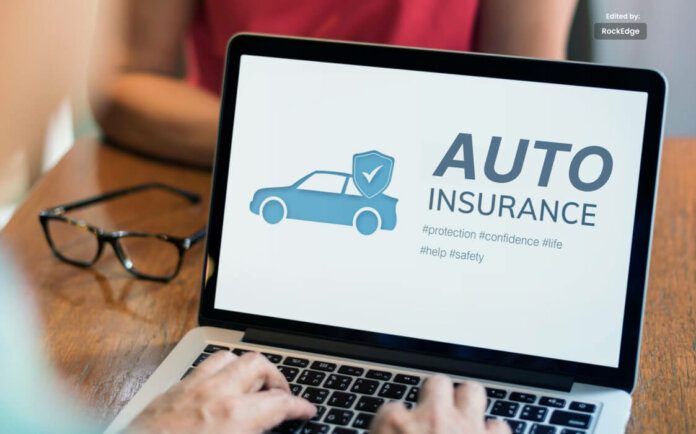Here’s All About Auto Insurance:
One of the most popular forms of personal insurance is auto insurance. To lawfully drive in most states, you must acquire some sort of insurance coverage.
Liability and property damage are the two fundamental coverage categories for auto insurance.
However, Your auto insurance costs are based on two criteria. Underwriting, in which insurance firms evaluate the risk connected with an application, is the first consideration.
In addition, The second component is rating, which establishes a price based on the insurer’s estimation of what it would cost to take financial liability for a prospective claim made by the applicant.
Liability:
Liability insurance for physical injury, property damage, and uninsured/underinsured motorists coverage are the three main components of the majority of vehicle insurance plans.
You are shielded from lawsuits brought by other persons who have been hurt in an accident for which you were at fault by bodily injury liability insurance. Their bodily harm claims might include pain and suffering, lost earnings, and medical costs.

- Liability insurance offers a defense against lawsuits brought by victims of accidents and/or property damage.
- Liability insurance pays for any court fees and judgments that the insured party could be held accountable for.
- Intentional harm, contractual responsibilities, and criminal prosecution are examples of provisions that are not protected.
- Auto insurance coverage, companies that make products, and people who work in the legal or medical professions frequently need liability insurance.
- Liability insurance includes coverage for things like commercial liability, workers’ compensation, and personal responsibility.
Property Damage:
Collision and comprehensive coverage are both examples of property damage insurance.

- The majority of states mandate that auto owners get property damage liability insurance.
- This insurance covers damage to other people’s property, such as a fence, a lamppost, or a different driver’s vehicle.
- Damage to your own car is not covered.
- State-specific minimum liability standards exist.
If your automobile collides with something, such as a tree or another car, it will be compensated for any physical damage. The law does not mandate this coverage and it is voluntary.
Your loan institution or lessor may, however, need collision insurance. When an older vehicle is involved in an accident, the expense of restoring the vehicle can easily outpace the value of the vehicle.
Instead of repairing the automobile in this situation, the insurance will “total” the vehicle and give you what the vehicle was worth.
Theft, extreme weather, vandalism, floods, and practically all other types of damage to your car are all covered by comprehensive coverage.
Broken glass, like windscreen damage, is also covered by comprehensive insurance. The law does not force you to have full coverage.




